Rotational movements are essential in daily life, increasingly popular in the gym, and invaluable in athletics. Whether you’re turning to grab something from the back seat of your car, performing a Russian twist, or working on your golf swing, moving in the transverse, or horizontal, plane is a critical skill that requires speed, power, stability, and mobility.
“Rotational exercises are important, but how you do them is even more important,” says Jamie Yang, DPT, OCS, CSCS. “The prerequisite to performing rotational exercises safely is to improve your mobility in the upper back and hips, and to strengthen your core so you can control your lower back.”
That’s because the orientation of the joints in your back’s lumbar region does not allow for a lot of rotation. In fact, too much mobility in the lower back can lead to disc degeneration, problems with the spine’s facet joints (stabilizers that should be able to move smoothly without grinding), and other injuries.
When performing rotational exercises, protect your lower back by following these rules:
- Maintain a neutral spine — neither arched nor rounded.
- If your upper back and hips are tight, increase comfort and range of motion by adjusting your feet, turning your toes out up to 45 degrees.
- Keep your core muscles engaged; this will help you stabilize the lumbar region.
- Rotate from your hips and thoracic spine (the upper and middle parts of your back).
For more on safe spinal rotation, visit “Expert Answers On Spine Rotation“.
Yang says the Open Book (below) is ideal for developing rotation mobility.
Open Book
This mobility exercise will prep your upper back for rotational movement.
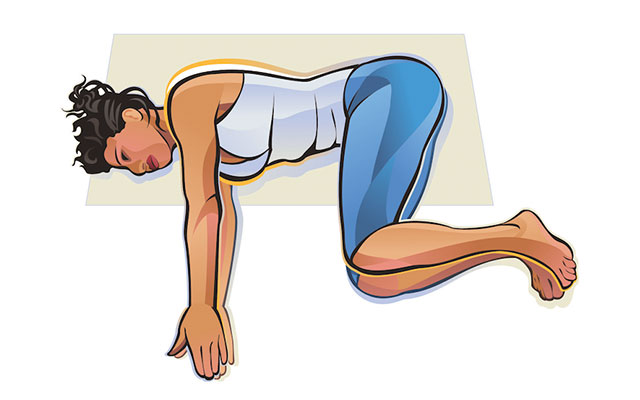
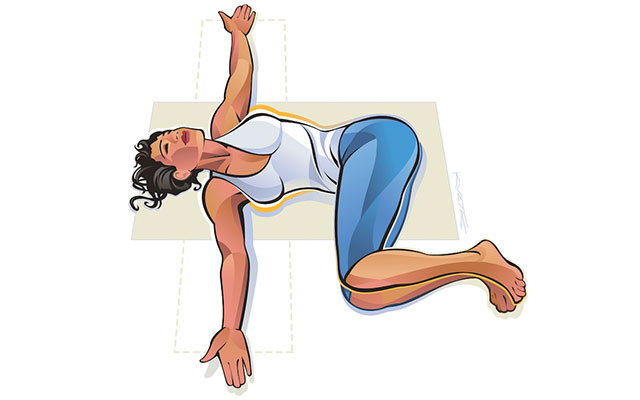
- Start by lying on your side, with your knees bent past your hips and hands together straight in front of you. Put a pillow under your head if you have neck issues.
- Keeping your lower back stable, rotate your top arm up and back as far as you can comfortably go. You should feel a stretch in your shoulders and chest.
- Hold the position for 10 seconds. Repeat 10 times and then switch sides.
Bonus Moves for Safe Rotation
Squat Brace Static Hold and Rotation
A squat brace will help you learn how to stabilize throughout your core. Once you master that, you can add in a rotation.
- Adjust a cable-machine pulley to midwaist height. Hold the cable between both of your hands and close to your navel.
- Turn so you’re facing 90 degrees away from the machine.
- Keeping the cable close to your body, step away from the machine, and sit into a squat position.
- Tighten your abdominal muscles and then straighten your arms. Keeping 60 percent of your weight in your heels will help engage your abs and glutes. Hold the position.
- Once you can hold this position for three one-minute sets, add a rotation by driving through your hips to twist to one side. Make sure to keep your core engaged throughout the movement and don’t let your back arch or cave in. Perform eight to 15 repetitions of the rotation on each side, for two to three sets.
Swiss Ball Isometric Hold and Oblique Crunches
Practice an isometric hold on the Swiss ball before switching to a rotational crunch to build up your ability to drive through your upper back.
- Begin by sitting on a Swiss ball supporting your head with your hands and keeping your chin slightly tucked so your neck is in a neutral position. Walk your feet out until the ball is under your lower back.
- Contract your abs and lean back, aiming to get your upper body parallel to the floor without arching your back. Hold your body steady on the ball.
- Once you can hold this position during three one-minute sets, switch to an oblique crunch. Keeping your abs tight, let your shoulders fall back toward the ball, and then sit up and drive your shoulder toward the direction of your opposite hip with your feet still on the ground. Work up to three sets of 10 to 15 reps per side.
- To make it easier, keep your feet shoulder width apart. To make it more challenging, keep your feet together.
This article first appeared as part of “Expert Answers” in the June 2016 issue of Experience Life magazine. Get informed and stay inspired by exploring your subscription options!
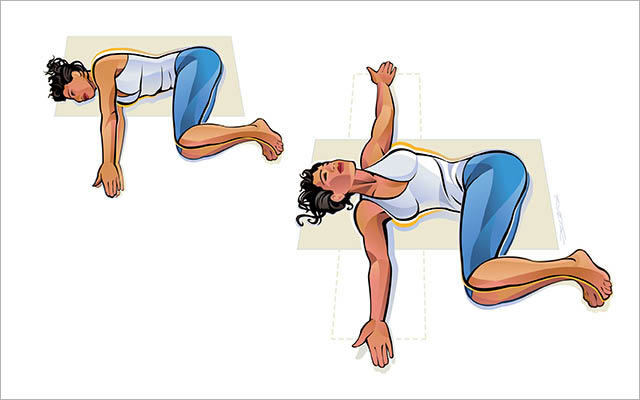
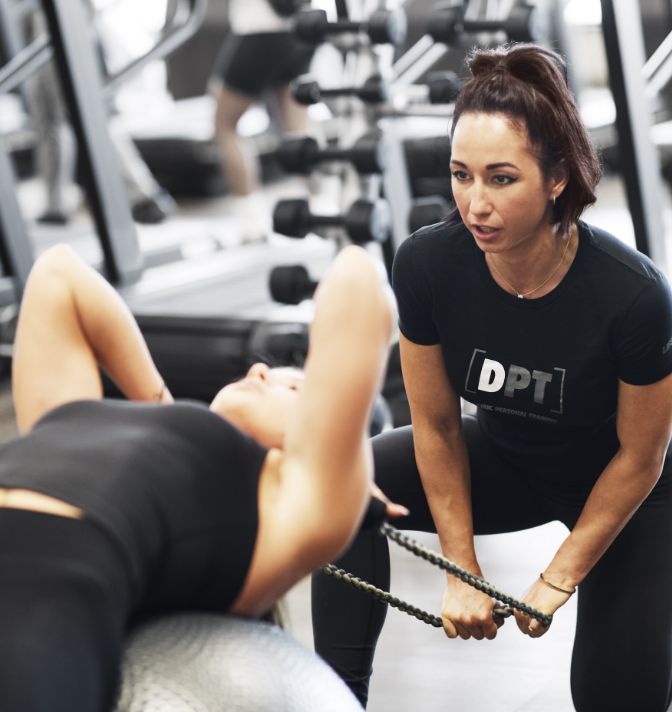
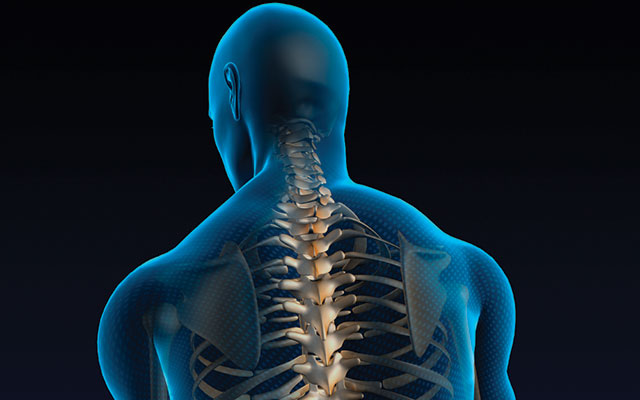

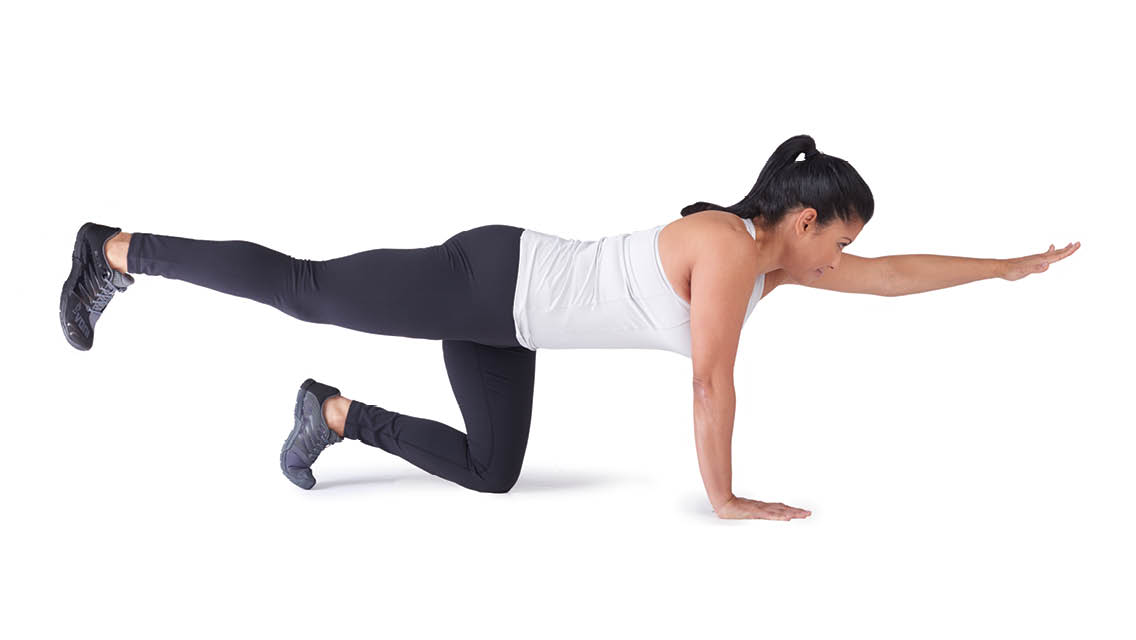
This Post Has 0 Comments